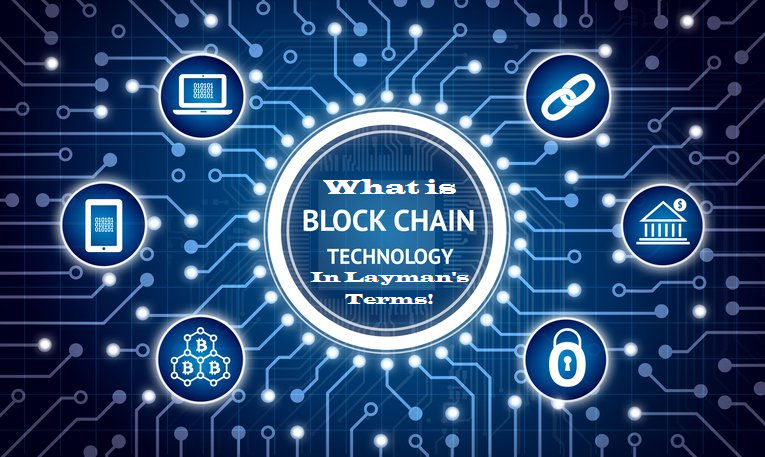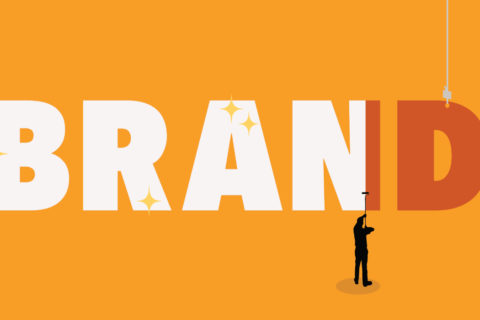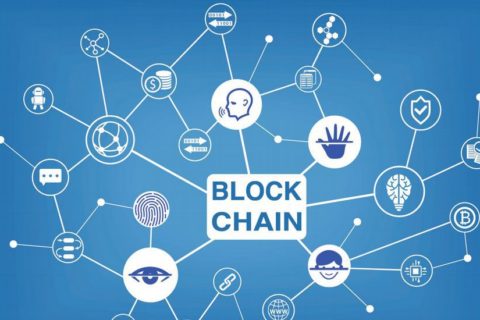These days, everyone knows digital marketing. Before some years, web was just a static pile if information. You can add, edit or delete it, but you can not interact with it. It was soon changed to, what is now known as Web 2.0., a word advanced by Tim O’Reilly and Dale Dougherty at the O’Reilly Media Web 2.0 Conference. Web 2.0 is not a version of the internet, but merely a name given to a huge change, which came in the usability of the internet. Unlike earlier, now the internet is more focused on the users. Instead of being a passive entity, the internet is now an active asset and you can own the piece of internet content even without knowing how it works. A simple example is a Facebook page.

With the internet growing by leaps and bounds, a lot of things have now changed. The internet, consciously or unconsciously, affects every choice of a user, from your clothes to, in some cases, their friends. And thanks to the digital marketing trends, you can follow them everywhere, marketing the services and products you think they would opt for. But now, you need to pause for a while, because the digital marketing trends are changing again with Blockchain as a new intruder in this world. Right now, “Blockchain” might be more threatening than the Google search engine update as it’s new and seems like it is more useful for the end user than the marketer. So, what blockchain is? There are lots and lots of articles out there with the technical terms, trying to make you understand what blockchain is. Let us try to make it as simple as we can.
Suppose, you owe your colleague (lets say A), $100 and one other colleague owes you (lets say B) $175. You email the first colleague A saying, you promise to get him paid $100 by B, and the debt is clear. But he is not going to the second colleague B to redeem that amount.

Is this possible? Yes of course. This is how cryptocurrency works, but we will come to it some other day. But you can make the payments just by sending the emails. Now you want to make a payment of another $100 to let’s say your boss. You, again, write an email saying you promise to make B, pay $100. But this time this email will not be accepted by your boss. But how did he come to know that you do not owe $100 anymore to B?
When you first send a mail to your colleague A, all the accountants in your company will also ask for this email because they must have the access to all your monetary transactions for bookkeeping. So all of them try to verify the transaction along with the sender, the receiver and the amount. Now, as all of them has a record, which record will be ultimately counted on? Let us say the record of the accountant who first solved a small puzzle on the computer. Once verified by the system, this accountant’s copy will become ultimate truth and will be distributed as a copy to all the people in your company who will then add it to their bookkeeping records. Now when you send an email to your boss, the accountants ask for that email too. In the verification process, they will get to know that B only owes you $75 and thus this transaction with your boss will be declined. This entire process happens every time someone in your company makes a transaction. And everybody in the office receives the ultimate copy of the transaction (Block) which is then added to their respective files (Chain). If any employee leaves and comes back even they can have the copies of the transactions made in their absence. Someone in the future, if dual authorized, will also be able to verify the transaction. Once a block is passed it becomes the words on a stone and can never be changed.
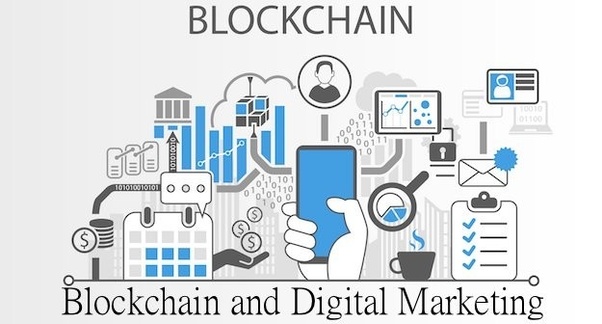
What if someone else who has the same email tries to redeem the payment from B? The accountants will not be able to verify him as a receiver. Also by any means if he gets verified, all the people in your company will be having the copy of the transaction between you and A and when this fake transaction will go to them, someone will definitely speak up. If that person wants to change the transaction history he will have to change the copies of every person in the office or let us say, 51% of the people in your company have to favor him.
This might look feasible at the company level, but when you think at the blockchain level, millions of chains are involved and thus it is not possible to breach the data. Here the email is the cryptocurrency, the whole company is the blockchain infrastructure and all the people in the companies are the part of the same. The accountants here are known as miners in the blockchain. Their role is to mine and validate/reject transactions as per the schedule. Miners are for bitcoin blockchain. In other blockchain they are known by different names like Ripple, etc. For now, note that transactions can not traced unless the tracer has the dual authorization.
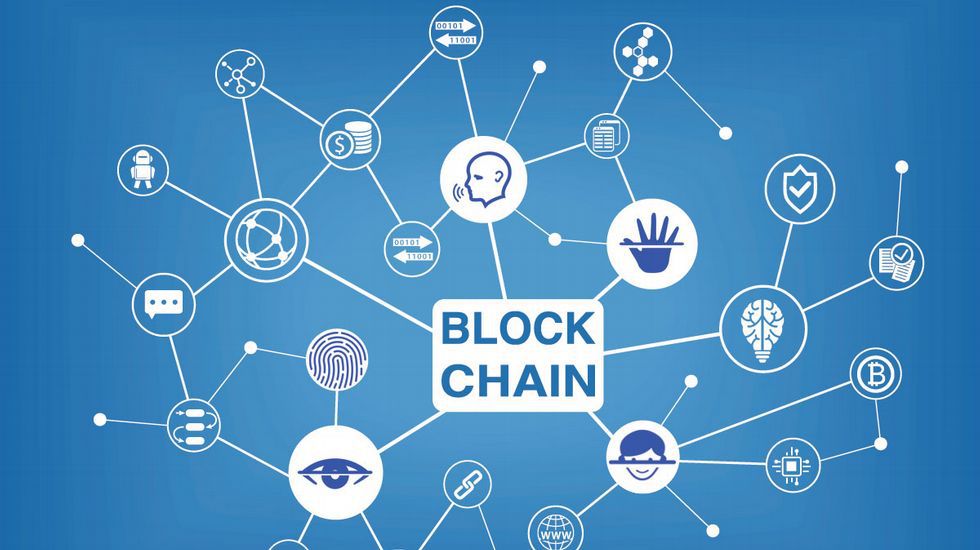
For now, this system is secure as hell, let us not think about the IT issues that might come in future when the number of transactions is going to be huge.
So how will it impact Digital Marketing Trends, how can we be prepared for the changing scenario of the Digital Marketing? Is Digital Marketing going to change? Will only blockchain affect the Digital marketing or will the cryptocurrency also be a big factor. There are lot many questions revolving around the blockchain. Because it will be the revolution as we have already seen the hints of it in 2017. We will more about this in the following post. Till then there is a lot to explore in blockchain. Good-luck with understanding it.

